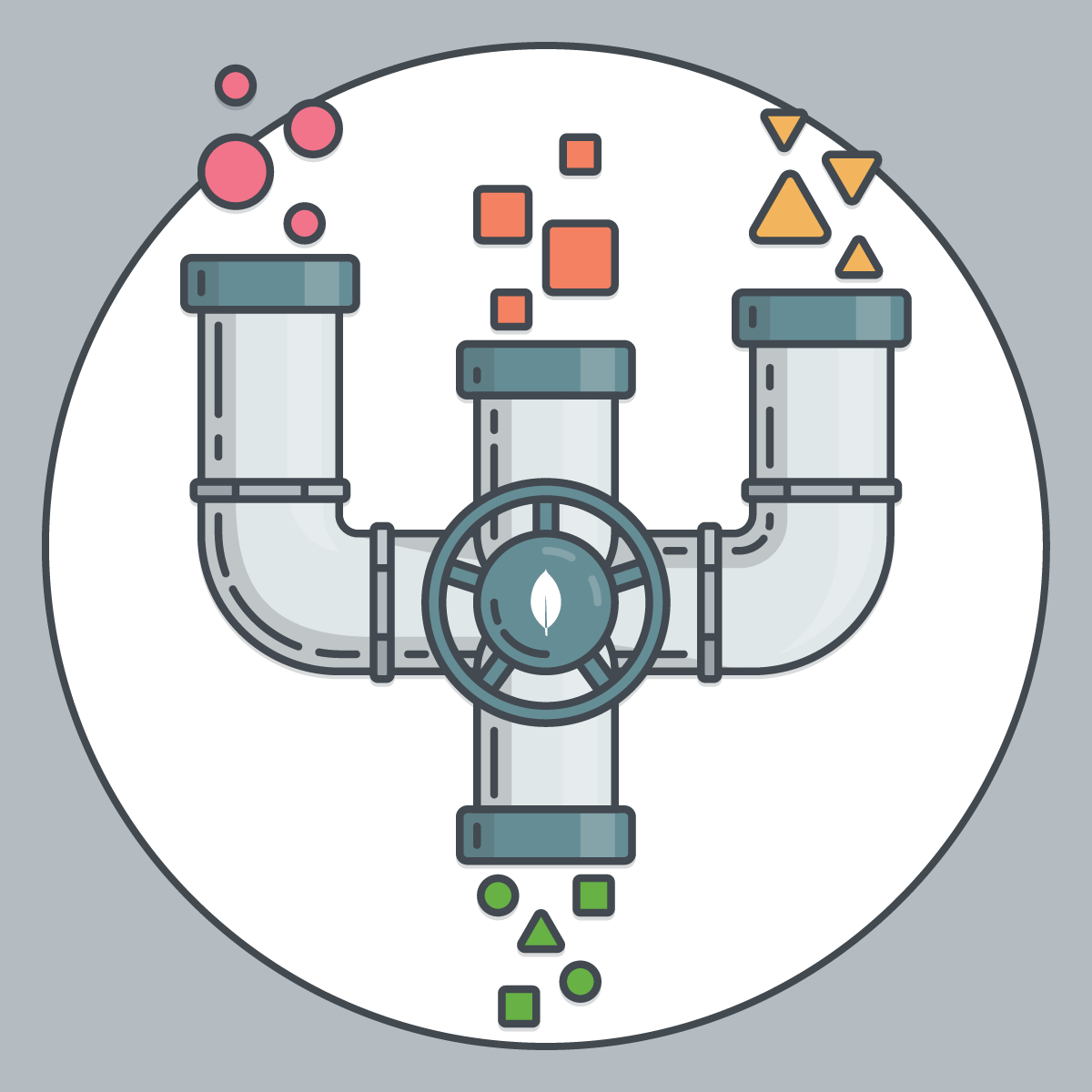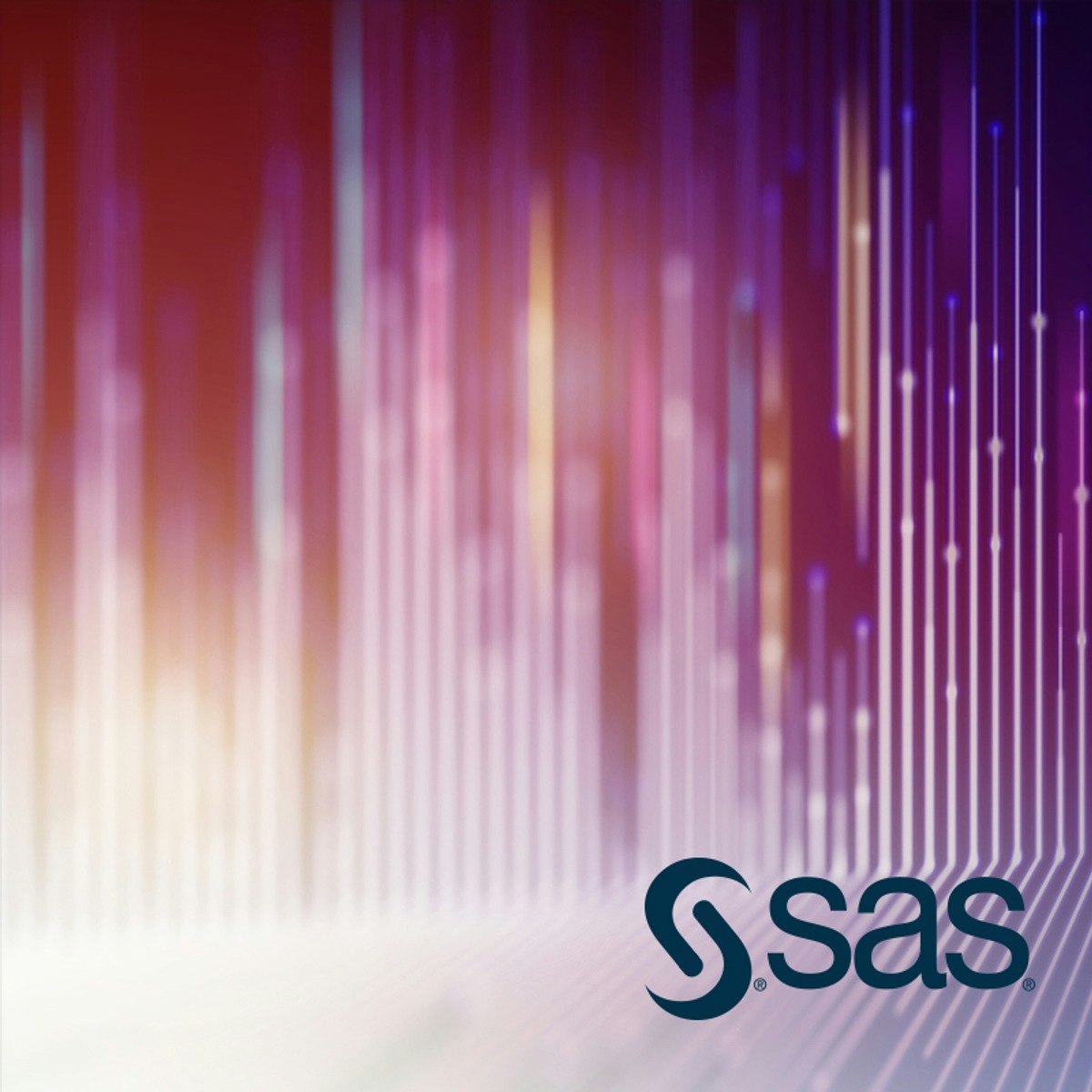Back to Courses









Data Management Courses - Page 10
Showing results 91-100 of 399

MongoDB Aggregation Framework
This course will teach you how to perform data analysis using MongoDB's powerful Aggregation Framework.
You'll begin this course by building a foundation of essential aggregation knowledge. By understanding these features of the Aggregation Framework you will learn how to ask complex questions of your data. This will lay the groundwork for the remainder of the course where you'll dive deep and learn about schema design, relational data migrations, and machine learning with
MongoDB.
By the end of this course you'll understand how to best use MongoDB and its Aggregation Framework in your own data science workflow.

Application Modernization for Enterprise Systems
During this learning journey, you will be learning how to apply modernization in your Hybrid Cloud environment including IBM Z.
We will look at lifecycle enablement by using DevOps, how to create an application centric environment, Establishing Data Centric Integration and utilize events to drive responses.
By using digital content, use cases and hands-on exercises we provide theability to look and learn what it takes to achieve and implement modernization in the best way possible.

Create a Database with the Modeling Tool in MySQL Workbench
In this project you will use the Modeling and Design Tool in MySQL Workbench to design and create a multiple-table relational database. As a DBMS (database management system), MySQL is used by many organizations for managing a variety of types and sizes of databases. MySQL Workbench acts as an integrated development environment allowing users to work with relational databases using a visual user interface rather than the command line. Hands-on activities include using the Modeling and Design Tool to draw a database design diagram, generating the database from that diagram, and then using MySQL Workbench features to load data into the database tables. You will also find an optional Challenge Task and an optional Capstone task for extra practice.
Note: This course works best for learners who are based in the North America region. We’re currently working on providing the same experience in other regions.

Exploring Your Ecommerce Dataset with SQL in Google BigQuery
This is a self-paced lab that takes place in the Google Cloud console. In this lab, you learn to use BigQuery to find data, query the data-to-insights public dataset, and write and execute queries.

Automating your BigQuery Data Pipeline with Cloud Dataprep
This is a self-paced lab that takes place in the Google Cloud console.
In this lab, you will examine how Dataprep can be used on complicated data structures in BigQuery.

Sort and Filter Data in SQL using MySQL Workbench
In this project you will use MySQL Workbench to write SQL queries that retrieve, sort, and filter data from tables in a relational database. Adding filtering to a query ensures that only the data needed is displayed in the query result. Sorting is applied to arrange the rows in that query result into an order that is meaningful to the data’s user. Adding code to an SQL query to filter and sort data generates a query result that makes data analysis easier for users, enabling more effective decision-making.
Note: This course works best for learners who are based in the North America region. We’re currently working on providing the same experience in other regions.

Securing Google Cloud with CFT Scorecard
This is a self-paced lab that takes place in the Google Cloud console. CFT Scorecard is a utility you can combine with Forseti policies to check for violations in your Google Cloud environment.

Clean Up Unused IP Addresses
In this lab you will schedule a Cloud Function to identify and clean up unused IP addresses.

SAS® Programming for Distributed Computing in SAS® Viya®
Welcome to the SAS Programming for Distributed Computing in SAS Viya course. SAS Viya is an AI, analytic and data management platform running on a scalable, distributed, cloud-native architecture. In this course you will learn how to modify existing Base SAS programs to execute in SAS Viya. The programs you create will leverage the power of SAS Cloud Analytic Services (CAS) to access, manage, and analyze in-memory tables.
This is an advanced course, intended for learners with SAS programming experience. To be successful, you should be able to access data via SAS libraries, read and prepare data with the DATA step, query data using PROC SQL, and summarize data with the MEANS and FREQ procedures. This foundational knowledge can be acquired in the Coursera SAS Programmer specialization.
By the end of the course, you will be able to:
- Load data into SAS Cloud Analytic Services
- Modify DATA step and SQL procedure code to execute in CAS
- Use CAS-enabled procedures
- Write CASL code to execute CAS actions

Learning SAS: History and SAS Studio
In this 1.25-hour long project-based course, you will learn to explain the highlights of the history of SAS, how to access and explore SAS Studio and how to transfer a NOTEPAD file into SAS Studio.
Note: This course works best for learners who are based in the North America region. We’re currently working on providing the same experience in other regions.
Popular Internships and Jobs by Categories
Find Jobs & Internships
Browse
© 2024 BoostGrad | All rights reserved